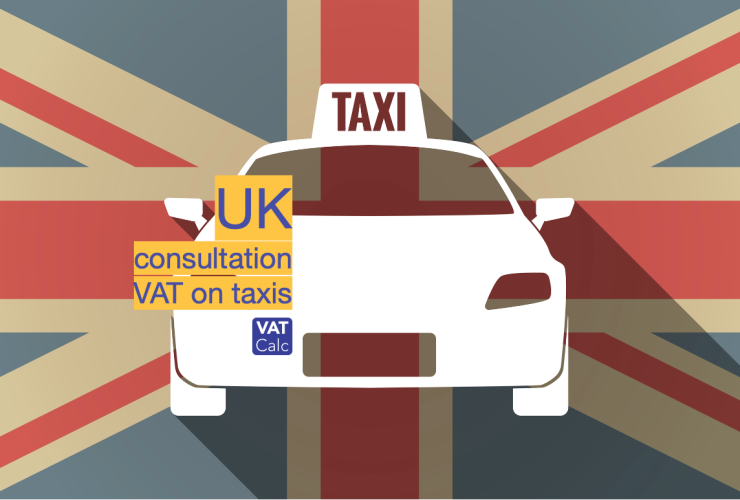Death of the VAT Return
Over one million UK businesses are in the midst of HMRC’s biggest transformation of tax reporting – Making Tax Digital for VAT (MTD). The first mandated MTD VAT returns went in last month; the big first quarterly wave goes in next month. The whole switch to digital submissions will be completed for most by 7 August.
Many countries will start to migrate to pre-filled VAT return.
It may well appear a huge and costly exercise to deliver exactly the same information to HMRC – nine boxes of numbers. But a closer look at the underpinning technology HMRC have embarrassed, reveals this is just the start of an automation journey that will likely death of the VAT return.
We can look to Europe, and its accelerating adoption of digital VAT transaction reporting, as a warning of the future for the UK.
HMRC goes omnipresent with digital to fight stubborn VAT gap
At the core of the MTD initiative, for VAT and other taxes, is the adoption by HMRC of a bionic data exchange format, Application Programming Interface (API). This relatively new format is superseding existing XML formats with a huge leap in ability to accept gigabytes of data in nanoseconds. It sets up HMRC for the next generation of MTD, the live transmission of transaction data.
HMRC is backing this technology to help it tackle the stubborn VAT gap, the difference between forecast VAT revenues versus actual collections. This stands at over £13 billion and is steadily growing despite increased levels of traditional audits and investigations. HMRC almost certainly hope the adoption of API’s into businesses will give it access to review and verify any tax-related transaction – sales, purchases, fixed asset and cash – and verify it in real-time against customers or suppliers’ version. It’s like creating a giant blockchain system.
A warning from Europe
So, what could the next stages of the digital tax journey look like for the UK? Europe and beyond hold the clues. Many countries have been wrestling with much larger VAT deficits and have gone digital with impressive results. Examples include:
- Italy has inserted itself between sellers and customers by demanding live sales invoice transmission to the tax authorities. Only when it has electronically checked the numbers will it release a digitally-stamped version to the customer. The customer has no obligation to pay the invoice until theyt receive the government approved version.
- France, Portugal and Greece are on track to require the same in 2020.
- Hungary and Spain demand batch sales invoice delivery on booked invoices. These are then compared to transactional data submitted with regular VAT returns.
- Brazil and China require companies to register blank invoice numbers with the tax authorities and require approved-invoice preparation software or printers which have imbedded reporting to the tax agency to declare issued invoices.
Embarrassing the Finance Director
Europe’s automation drive demonstrates the plausible future model for the UK with HMRC’s API-based MTD regime. April 2019’s MTD switch from XML to API was just the warm-up. If that goes to plan, and the 1-year soft-landing phase of completing the digital journey progresses, then the data demands could be widened. It is likely that full ledger transaction reporting will be requested around 2021. Any transactions involving a VAT element will be stipulated: general ledger; sales; purchases; stock; and fixed assets. Ultimately, the API could carry the burden of delivering bank account-level transactions to provide settlement details, too.
With this data from all parties in the transaction chain, HMRC, with hugely powerful analytical software, will be equipped to independently check everyone’s version of the tax transaction. This will help highlight errors or fraudulent activities such as missing trader fraud, and mean HMRC will probably know tax payers’ businesses better than their FD or CFO. That could be embarrassing.




